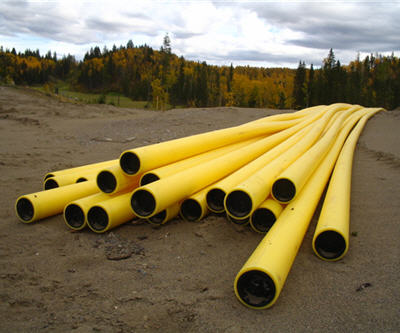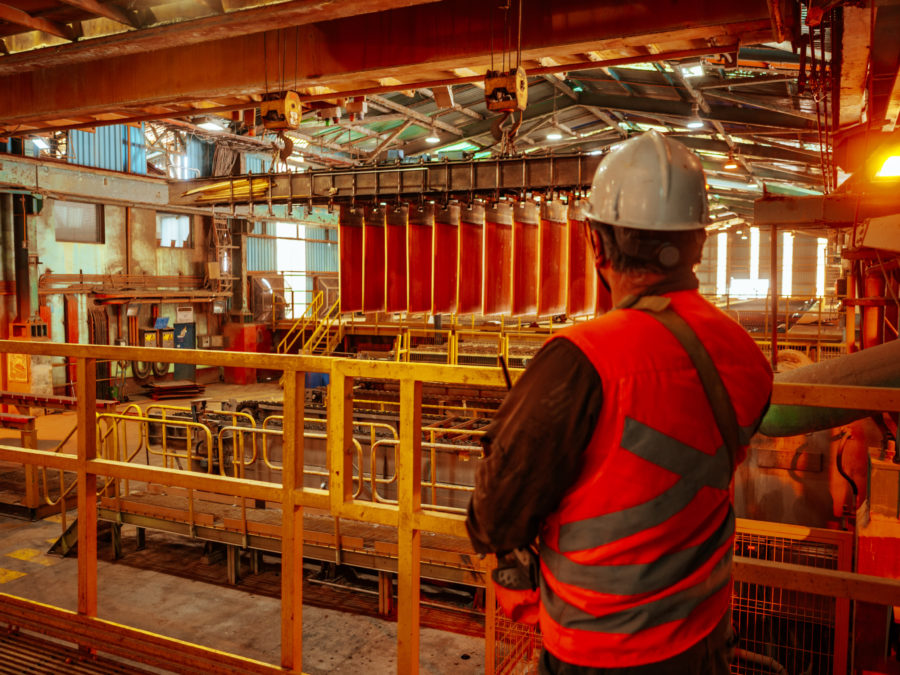Greenhouse gases released from coal or hydraulic fracturing: researchers tussle over which is greater

A Pennsylvania research group has challenged the findings from Cornell University, which found that the carbon footprint of natural gas derived from shale is greater than the production of coal.
Wilkes Unversity’s Institute for Energy and Environmental Research for Northeastern Pennsylvania (IEER) released its challenge earlier this month and “. . . found that natural gas produces 20-60% lower greenhouse emissions than coal to generate a unit of electricity.”
Northern and western Pennsylvania sits atop the Marcellus Formation.
The Cornell University group found that shale-gas production led to the release of a lot of methane:
These methane emissions are at least 30% more than and perhaps more than twice as great as those from conventional gas. The higher emissions from shale gas occur at the time wells are hydraulically fractured—as methane escapes from flow-back return fluids—and during drill out following the fracturing. Methane is a powerful greenhouse gas, with a global warming potential that is far greater than that of carbon dioxide, particularly over the time horizon of the first few decades following emission.
The IEER group counters that the time frame used in the Cornell study is incorrect:
All seven found that natural gas produces 20-60% lower greenhouse gas emissions, especially when used for electrical generation and when viewed over a 100-year time span. The discrepanciesbetween the Cornell and subsequent studies appear to result primarily from the different time-frames used (20 vs. 100 year).
{{ commodity.name }}
{{ post.title }}
{{ post.date }}

Comments
disqus_LFF0zFjt7g
How about if China have that natural gas from shale do you think they won’t mine and leave it for nothing wherein the world is so much sacrificing the monopoly of OPEC.